2021
Harvest
HARVEST 2021: GOOD EXPECTATIONS DESPITE THE ANOMALIES OF THE WEATHER
Also this year there was no lack of climatic events of unusual and exceptional magnitude.
After an autumn and winter characterized by normal temperatures and good rainfall, spring and summer presented themselves with great unpredictability.
In April, a wave of frost hit the vineyards in many areas, damaging many shoots that were already well developed, thus limiting future fruiting.
A long period of drought, which still persists, has put a strain on the vineyards of Central-Southern Italy, which also had to undergo an extraordinary heat wave.
The vineyards of the North, on the other hand, were able to benefit from providential rains during the months of July and August, even if they were often accompanied by hailstorms in some areas, which reduced the production potential.
The meteorological variability generates apprehension about the qualitative stability of the grapes, even if today the sanitary state of the same is generally good, with rare problems of attacks of downy mildew and powdery mildew, limited and well managed with appropriate treatments.
Climatic and vegetative trend
Analyzing the various vegetative phases in more detail, a winter is recorded characterized by normal temperatures and abundant rains, which allowed to accumulate a good water reserve in almost the entire territory. The spring showed temperatures which tended to be below the national average, but the phenological development of the vine was everywhere regular. The problems arose during the sudden drop in temperatures in April and the relative frosts of 7, 8 and 15 April, with minimum drops even over -4 ° C, which mainly affected Northern Italy, the areas of Tuscany, Lazio, Umbria , the Adriatic side, some areas of Puglia and Sardinia. Then some important storm phenomena arrived - with the presence of hail - in July, together with the rise in temperatures and an extraordinary heat wave, which also involved the North, reaching its peak in August, so much so that the column of the thermometer recorded values above 40 ° C. With these premises, the vines also suffered from water stress, for which a quantitative decrease is generally expected, precisely due to lower yields. From the end of August, there has been a good temperature range between day and night in various areas and a humidity rate that is restoring the water balance, improving the conditions for the final ripening of the grapes.
From a vegetative and phytosanitary point of view, close to the beginning of the harvest, the situation of the Italian vineyard appears to be good. As regards reproductive phenology, the flowering phase began in the normal range compared to the 2001-2020 average in the South, while delays of 4-6 days in the center and 6-10 days in the North were highlighted. These delays are the result of the negative thermal anomalies recorded in the months of April and May and it is likely that these differences will continue until the end of the harvest.
The crucial points of the current year are found above all in the April frosts, with damage that initially appeared very important; then some vineyards, where the vegetative state was still at the beginning, have started up quite regularly, but at the production level there are differences from area to area and also from vineyard to vineyard. In many affected areas, in fact, the damage was significant and did not allow a new germination, while in others the losses were partially reabsorbed.
Some further problems occurred due to the fluctuating climatic trend of June and July, when important thunderstorm phenomena occurred, accompanied by exceptional hailstorms, particularly in the North East. At the same time there are scarce water resources and exceptional peaks of temperatures in the central Italy, especially in the Tuscan area and in the South, especially in Salento and Sicily.
In the first week of September, it is estimated that the grapes harvested are about 25% of the total. Also this year the first region to detach the bunches was Sicily at the end of July, with the harvest of Chardonnay grapes for the sparkling wine and Pinot Grigio bases, followed by Puglia and Lombardy with Franciacorta and Oltrepò for the sparkling wine bases. In mid-August the harvest also began for white grape varieties in Abruzzo, in Umbria with early varieties such as Chardonnay and Pinot Grigio and in Emilia with sparkling wine bases. Between the end of August and the first week of September, in most of the Italian regions, the harvesting operations for the early varieties (Chardonnay, Pinot, Sauvignon) took place. It is estimated that the full harvest throughout Italy will be postponed this year from the last few years to the last ten days of September, to end towards the end of October if not early November, with the conferment of the last bunches of Nebbiolo in Valtellina. , Cabernet in Alto Adige, Aglianico del Taurasi in Campania and native vines on the slopes of Etna.
From the first analytical findings, medium-high gradations are highlighted, with some criticalities on the sugar / acidity ratio. Particular attention will be paid to the polyphenolic contents of the red berried grapes, the good aromatic potential of the white berried grapes. However, the attention to the weather in the coming weeks remains great, when the bulk of the harvest will be concentrated, but we do not want to be pessimistic and, with the usual professionalism of the oenologists and technicians, combined with the quality achieved by our companies, we expect good results. and to consolidate the peaks of excellence that characterize Italian wine.


